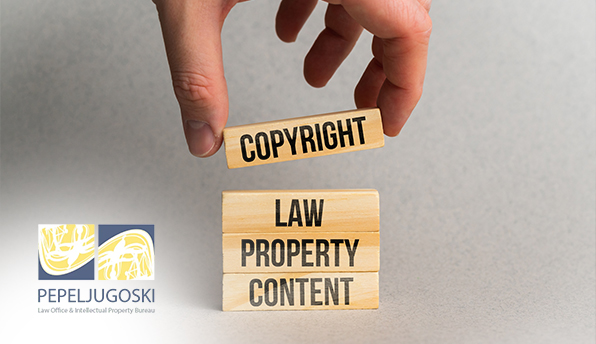Top Gun Maverick, the second blockbuster sequel since 1968, generated $ 291 million over a two-week period on the American continent alone. However, in addition to the huge audience, the film also attracted legal elements.
The legal holder of the copyright for the film “Maverick” is the well-known production company “Paramount”, which was won on June 6 with a lawsuit for copyright infringement by the heirs of Ehud Yonay. In 1983, Yonay wrote the story that inspired the creation of the original Top Gun, for which Paramount duly bought the copyrights for the film, for which Yonay received official recognition as the inspiration for the written script and adaptation of the film.
The US Codified Federal Copyright Act (“Title 17 U.S.C”) regulates the relationship regarding the contractual use of copyright between entities. Hence, Article 203 (a) (3) stipulates that the termination of the granted license for the use of copyright may take effect within a period of 5 (five) years – after 35 (thirty-five) years have elapsed from the moment such a license was granted.
In this case, based on the complaint submitted by Yonay’s legal heirs to Paramount, the termination took effect on January 24, 2020. Such allegations will lead to a consideration of the time frame, i.e. when Maverick started and stopped filming, whether the Covid pandemic prolongation has legal effects on the time frame, and whether the prolonged distribution of the film due to the pandemic was originally supposed to be in 2020, but postponed until 2022, enters the relevant time frame or not.
This time-factual evaluation, and its legal consequence, is of paramount importance in relation to the grounds on which the copyright infringement is alleged under Article 106 of the United States Federal Copyright Act. Article 106 provides an exhaustive list of 6 (six) exclusive rights that the copyright holder enjoys, and on the basis of which he can initiate a procedure for determining their violation. In the context of this case, it would mean that the reproduction of the copyright work-film (right no. 1), the preparation of works based on the copyright-film-work (right no. 2), or the distribution of the copyright-film-work (right no.3), are special grounds that the time frame can touch differently, and thus the possibility for the heirs to refer to them.
This case also covers other issues that will be subject to legal analysis. One of those questions is whether the plaintiffs have the necessary active credentials to initiate copyright infringement proceedings, given that under US Federal Act 411 (a), copyright must be registered in order to be prosecuted. procedure for his injury. The registration referred to by the heirs in the lawsuit is not Unai’s original story, but its publication in one of the public magazines. However, given that the heirs are citizens of Israel, and this case has an international element, it is to be expected that legal teams on both sides will also have in mind the Berne Convention for the Protection of Literary and Artistic Works.
In addition, the doctrine of “fair use” and the transformative element of the US copyright law system are issues that we believe will not be left out in a case like this. Consequently, it is to be expected that during the procedure, the scenes from the film will be argued and analyzed directly, in order to come to a conclusion whether and to what extent there is a transformative element. The quantum of damage claims is not yet available.

